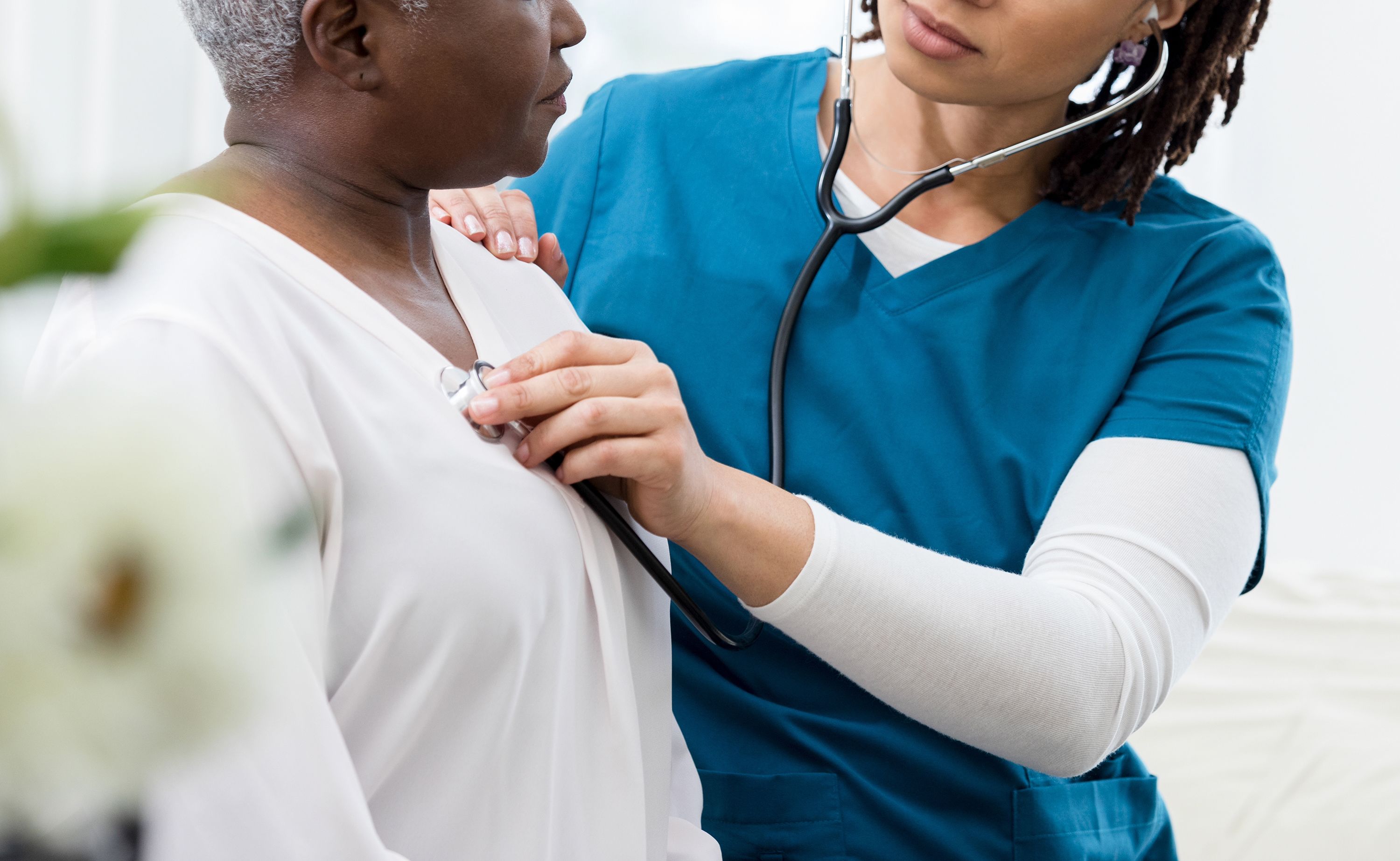What is Breast Cancer and Why is Early Detection Important?
Breast cancer originates from the cells of the breast and can spread to other parts of the body. Early detection through screening can identify cancer before symptoms appear, increasing the chances of successful treatment. According to the American Cancer Society, early-stage breast cancer has a 5-year survival rate of about 99 percent. Globally, breast cancer is the most common cancer among women, with an estimated 2.3 million new cases in 2020, representing 11.7 percent of all cancer cases.
How Can Women Screen for Breast Cancer?
Women can screen for breast cancer through various methods:
-
Mammography: The most common and effective screening tool. Women aged 40-54 should have annual mammograms, while those 55 and older can switch to biennial screenings. According to the World Health Organization (WHO), mammography can reduce breast cancer mortality by approximately 20-30 percent in women aged 50-69.
-
Breast Self-Examination (BSE): Women should perform monthly self-exams to detect any changes in their breasts. Although BSE alone is not sufficient for early detection, it raises awareness about breast health.
-
Clinical Breast Examination (CBE): Performed by healthcare professionals during routine check-ups. In regions with limited access to mammography, CBE is a valuable screening method.
|
Age Group
|
Recommended Screening Method
|
Frequency
|
|
20-39 years
|
Breast Self-Examination (BSE)
|
Monthly
|
|
20-39 years
|
Clinical Breast Examination (CBE)
|
Every 3 years
|
|
40-54 years
|
Mammography
|
Annually
|
|
55 years and up
|
Mammography
|
Every 2 years or annually
|
What are the Risk Factors for Breast Cancer?
Understanding risk factors can help in taking preventive measures:
-
Genetic Factors: BRCA1 and BRCA2 gene mutations increase breast cancer risk. Women with these mutations have a 45-65 percent chance of developing breast cancer by age 70.
-
Family History: Having a close relative with breast cancer doubles the risk. About 15 percent of women diagnosed with breast cancer have a family history of the disease.
-
Lifestyle Factors: Obesity, alcohol consumption, and lack of physical activity are significant contributors. For instance, women who consume 3-6 alcoholic drinks per week have a 15 percent higher risk of breast cancer.
-
Reproductive History: Early menstruation (before age 12), late menopause (after age 55), and having children later in life or not at all can increase risk. Women who have their first child after age 30 or do not breastfeed have a slightly higher risk.
Can Lifestyle Changes Reduce Breast Cancer Risk?
Yes, several lifestyle changes can help reduce the risk of breast cancer:
-
Maintain a Healthy Weight: Obesity, especially after menopause, increases the risk. According to the National Cancer Institute, overweight and obesity are associated with a 20-40 percent increased risk of breast cancer in postmenopausal women.
-
Exercise Regularly: At least 150 minutes of moderate aerobic activity or 75 minutes of vigorous activity weekly. Regular physical activity can reduce breast cancer risk by about 10-20 percent.
-
Limit Alcohol: The risk of breast cancer increases with the amount of alcohol consumed. Even moderate drinking (one drink per day) can increase the risk by 7-10 percent.
-
Healthy Diet: A diet rich in fruits, vegetables, and whole grains while low in saturated fats can help. The American Institute for Cancer Research recommends a plant-based diet to lower cancer risk.
Are There Medications for Breast Cancer Prevention?
Certain medications can reduce the risk of breast cancer, particularly for high-risk women:
-
Tamoxifen: Reduces the risk by about 50 percent in high-risk women. It is approved for use in both premenopausal and postmenopausal women.
-
Raloxifene: Effective in postmenopausal women, reducing the risk by about 38 percent. It is primarily used to prevent osteoporosis but also offers breast cancer risk reduction benefits.
-
Aromatase Inhibitors: Used for postmenopausal women with high risk, these drugs can reduce the risk of developing breast cancer by about 50 percent.
What Role Does Genetic Testing Play in Prevention?
Genetic testing can identify women at high risk due to inherited mutations:
-
BRCA1 and BRCA2 Testing: Women with these mutations have significantly higher risks of breast and ovarian cancer. Prophylactic surgeries, such as preventive mastectomy or oophorectomy, can reduce breast cancer risk by up to 95 percent.
-
Family History Assessment: Helps in identifying the need for genetic testing. Women with a strong family history of breast cancer should consider genetic counseling and testing to understand their risks better and take appropriate preventive measures.
What Should Women Do if They Notice Symptoms?
Early symptoms of breast cancer include lumps, changes in breast shape, or nipple discharge. Women should consult their healthcare provider immediately if they notice any of these symptoms for further evaluation and diagnostic testing. Timely diagnosis can lead to better treatment outcomes. According to the American Cancer Society, women diagnosed with localized breast cancer have a 5-year survival rate of 99 percent.
References
https://www.cancer.gov/types/breast/patient/breast-screening-pdq
https://www.mayoclinic.org/diseases-conditions/breast-cancer/in-depth/breast-cancer/art-20045353
https://www.mayoclinic.org/diseases-conditions/breast-cancer/symptoms-causes/syc-20352470

